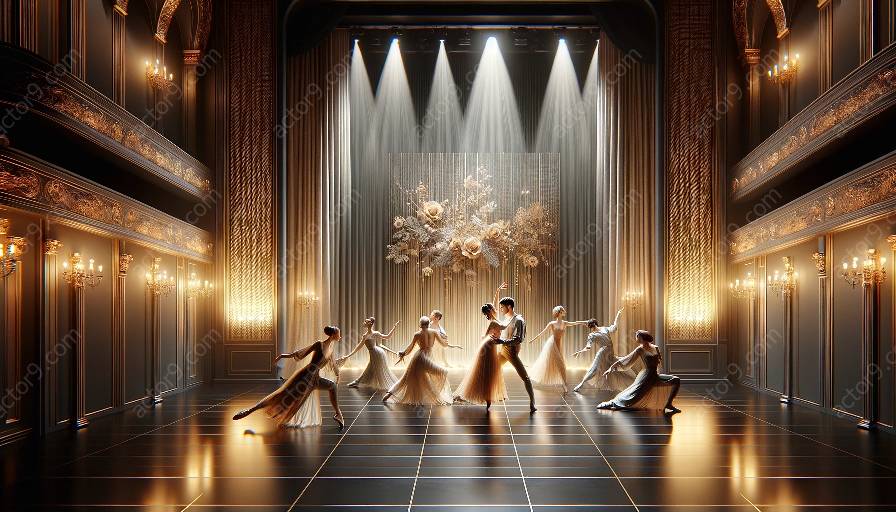Music and movement have long been integral components of theatrical performances, influencing acting and theater in profound ways. The relationship between music and movement, as well as their impact on physicality and acting, is a complex and dynamic aspect of the performing arts.
Understanding the Interplay of Music and Movement
Music and movement are deeply intertwined in theatrical performances, often serving as a means of expression and storytelling. Choreographed movements, dance sequences, and physical gestures are intricately connected with the rhythm, melody, and emotional content of the accompanying music. This interplay adds depth and nuance to the overall theatrical experience, creating a symbiotic relationship between the auditory and visual elements of the performance.
Enhancing Emotional Expression
In theatrical performances, music and movement work together to enhance emotional expression. Whether conveying joy, sorrow, fear, or excitement, the complementary nature of music and movement allows performers to communicate complex emotions more effectively. The cadence and tempo of the music can influence the pace and intensity of movements, fostering a dynamic synergy that elevates the emotional impact of the performance.
Creating Atmosphere and Ambience
Music and movement also play a crucial role in shaping the atmosphere and ambience of theatrical productions. The right musical score coupled with synchronized movements can transport the audience to different time periods, settings, or emotional landscapes. From lively, upbeat musical numbers to hauntingly evocative compositions, the fusion of music and movement enriches the sensory experience for both performers and spectators.
The Influence on Physicality and Acting
The relationship between music and movement significantly impacts physicality and acting in theatrical performances. Choreographed movements guided by the rhythm and tone of the music can transform the physicality of actors, influencing their posture, gait, and overall stage presence. Additionally, music can serve as a powerful catalyst for evoking specific physical responses and characterizations from actors, enriching their portrayal of roles through heightened sensory awareness.
Syncopating Rhythms with Movement
The synchronization of music and movement in theater requires a keen understanding of rhythm and timing, which directly impacts the physicality of performers. Dancers, actors, and ensemble members must internalize the musical cadence to execute precise movements, harmonizing their physical expressions with the musical score. This synchronization demands a heightened level of physical coordination, discipline, and attentiveness, thereby shaping the physicality of performers in a distinctive manner.
Fostering Creative Interpretations
Music and movement fuel creative interpretations and improvisations among actors, offering them a flexible framework for character development and expression. By exploring the emotional cues and motifs present in the music, actors can organically infuse their movements with unique nuances, reflecting the interpretive nature of the performance. This creative synergy between music and movement fosters artistic experimentation and fosters multi-dimensional characterizations, enhancing the overall theatrical narrative.
Conclusion
In conclusion, the relationships between music and movement in theatrical performances are profound and multifaceted. The fusion of music and movement not only enriches the visual and auditory dimensions of theater but also profoundly influences the physicality and acting prowess of performers. By understanding and embracing the interplay between music, movement, physicality, and acting, theatrical productions can transcend artistic boundaries and offer compelling, immersive experiences that resonate with audiences on a visceral level.















































